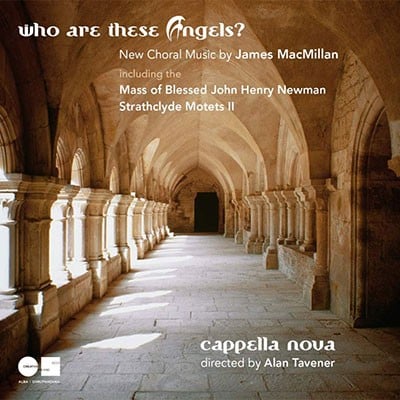John Donne (E)
Abbreviations (PDF)
Boosey & Hawkes
Choral level of difficulty: 4 (5 greatest)
William Harris’s setting of these wonderful words, together with his extraordinary anthem Faire is the Heaven, represent a pinnacle of 20th century a cappella writing. It is a tribute to James MacMillan’s strength of musical personality that he can so completely put aside any remnant of aural reminiscence in his own setting. This is a deeply fervent and moving representation of Donne’s powerful words. There is something of the musical mantra which forms the basis of the first movement of The Seven Last Words from the Cross in the opening musical gesture of this motet. Both are falling cadential figures and the effect in both cases is mesmerizing. In this work the figure is used at key moments in different keys and pitches and, ultimately fragmented, in the series of Amens which bring us back to the original key of E flat but in a magical and unexpected progression.
This setting is far from easy and was written for the Schola Cantorum of Oxford, an expert chamber choir of outstanding singers. In writing to their level MacMillan has written a work which will really only be performable by expert amateurs and professional choirs. The tuning is difficult and notes at key points are hard to find for the less experienced singer. This is a work, therefore, which should always be given the most serious treatment and preparation.
Having outlined how MacMillan avoids any reflection of Harris’s setting, there is no doubt that he is writing within the continuing English choral tradition at its best. He was a composition student of Kenneth Leighton, one of the finest of the 20th century’s choral contrapuntists, and it shows.
Repertoire Note by Paul Spicer

Who Are These Angels? New Choral Music
Cappella Nova / Alan Tavener
Linn Records CKD 383
Click here to purchase this CD from Amazon

